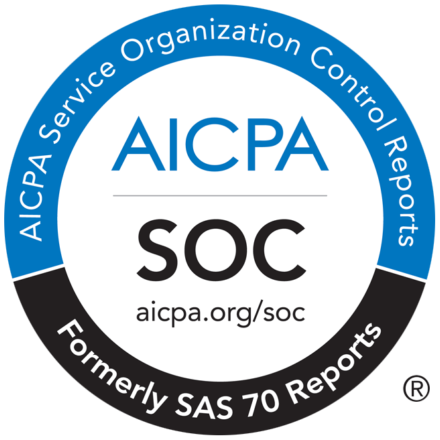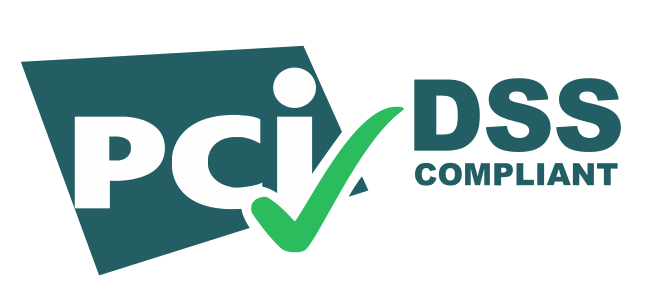Plagiarism is an unacceptable act in any work of authorship, especially plagiarism in your thesis. It must be avoided. However, the writing of scientific work cannot properly be accomplished without researching the topic of the issue. Therefore, it is important to use reliable sources of information.
This issue raises questions of ethics. Copying other people’s thoughts and ideas for profit is wrong, regardless of how large-scale the work is.
There is a huge difference between relying on someone else’s ideas and passing them off as your own. Your task is to avoid the latter. And we will tell you how to do it.
What is the Danger of Plagiarism in Your Thesis?
Plagiarism is the use of the results of someone else’s creative work without specifying the author. This does not always happen on purpose. However, even unconscious plagiarism is heavily criticized and unacceptable in academia.
Plagiarism casts doubt on your worth as an author. Even accidental copying can lead to loss of respect from colleagues, loss of professional image, and poor recommendations. These repercussions could last long-term.
Students and pupils should also avoid plagiarism, for several reasons. If you are studying, plagiarism can result in the loss of a leadership position or financial aid.
And most importantly, plagiarism is a violation of copyright. They are protected by law. Therefore, the author of a work can file a claim against someone who uses the results of his work for personal purposes.
5 Ways to Eliminate Plagiarism From Scientific Work
It is impossible to write quality work while in an information vacuum. Preliminary preparation in the form of mastering the theory and possible fresh discoveries of the industry is required. At the same time, plagiarism is unacceptable.
Even if you don’t copy someone else’s work, similar phrases may be accidentally used. Therefore, sometimes, even when creating a scientific work from scratch, your work may not be entirely original. Nobody is immune from this.
Therefore, the best solution is to approach this systematically. There are simple steps to help you write a quality research paper without falling into the trap of plagiarism. Below we will tell you about them.
Source Accounting
Scientific work should be based on facts and research. This is what gives credibility. Plus, by analyzing existing knowledge in a particular area, you will get to know it better. This will avoid mistakes. Therefore, writing a scientific work without researching other authors is extremely unwise.
Kate Roth, a marketing specialist from Ivory Research, says the main thing is to remember is the information and where you got it from. It is recommended that you record sources as you explore. Create a separate note for this and supplement it as you familiarize yourself with the topic. This way you can determine what information came from where.
Therefore, it is recommended to record sources. Organize them and write out individual quotes. This will allow you to return to them quickly while writing. In particular, to check if a particular idea is yours.
Plagiarism is often unintentional. As you prepare to write, you absorb a wealth of information. After a while, you can simply forget that some idea or statement is not the result of your conclusions.
What formats should be taken into account?
Indication of Sources
Here, the rule is simple: use identified sources. All applications are taken into account, including quoting, paraphrasing, or summarizing someone else’s work. If you did not use specific phrases, but started from the idea, then you should also indicate the name of the source.
- Books.
- Articles from magazines.
- Content on Websites.
- Research.
- Video.
At the end of the work, post a list of references. The reference to the source in the text of the thesis must correspond to the full title in it. The information in the list is specified more precisely. This is necessary so that the reader, if desired, could find a specific part of the work.
This recommendation is a continuation of the previous one. So, you already have a list of sources. If you followed the previous step, you can now easily check where a particular idea came from. Be sure to indicate this.
Pay attention to which source is indicated. It is important to find the author’s work. Therefore, before specifying a specific article, check if it is the original source. Otherwise, the link may be incorrect.
Also, be sure to follow the citation guidelines. You can check them with your curator. The most common citation styles are:
- APA;
- MLA;
- Chicago Style.
Citation
Let’s say you found a certain phrase in another job that works great for your article. Can you use it? If so, how do you do it to avoid plagiarism? The answer is simple – quote.
It is important to do this according to the rules. Often information is indicated directly in the text, or in the form of a footnote. It includes the year of publication of a particular work, as well as the page number.
Citation is understood as verbatim copying of the text. It assumes a special design. Therefore, quotes are easy to find in the text. Such phrases are enclosed in quotation marks. The latter indicate that the author of a particular passage of the text is not you, but another person. A direct quote must be supplemented with a link to the source.
In order to perform it properly, observe the following rules:
Citation rules:
- Highlight the specific passage to be quoted.
- The text is rewritten verbatim. Must be inserted in quotation marks. The absence of the latter makes a particular piece of text plagiarized.
- The quote must be indicated verbatim. Changing / shortening the text is not allowed.
- If you have previously written a scientific work and use your own text, then it must also be cited. Otherwise it will be self-plagiarism.
- When referring to the author, indicate the initials and surname. The full name is not required.
- Well-known facts are not subject to citation. If you are not sure if they are, then you should provide a link.
- It is not recommended to start a paragraph in a scientific work with a quote, surname, or initials of the author.
- The scientific data that you collected after the tests were not subject to citations.
- It is imperative to use one citation style throughout the work.
Paraphrasing
In fact, it is a representation of another author’s idea in his explanation. It is important to use your own manner of speaking, and also to make sure you get the meaning correctly. Distortion is unacceptable. When paraphrasing, the source is also indicated, but in the list of used literature.
- Understand the meaning of what is written. It doesn’t matter how many times you have to reread the text. The main thing is to make sure that you understand the idea behind the article and are able to correctly highlight the key information.
- Take notes. When rereading, mark the most important information. It will serve as a guide for rephrasing and minimize the chance of distortion.
- Write down the most important things. This refers to the name of the author, the source itself, dates and links.
- Double-check what you have written. So you have finished the text. After that, you should compare what you wrote with the source. Has the meaning been preserved? Are there any similarities? If you find similar moments, then rewrite them. This will help you avoid making changes in the future.
There are also guidelines to help you do your paraphrasing well. First, use synonyms. Second, pay attention to the structure of the source text and change it. The same goes for the sequence of words, sentences and paragraphs. Paraphrasing also uses a change in word forms, manners and parts of speech.
Test Yourself First
Plagiarism detection is the nightmare of anyone writing a scientific paper. However, there is a risk of this. Instead of burying your head in the sand, be proactive.
It is worth checking your thesis for plagiarism yourself. Even if it does show up, you can make changes and fix it. But, perhaps the article will be unique.
Conclusion
Whether you are writing a scientific work, an article, or just a review, information is needed. By deriving it from research, you add value to your own creation. However, it is important to respect the work of others. Above, we have described 5 steps to help avoid plagiarism. Plagiarism implies theft of the results of someone else’s creative work. It is not always necessary to create your own ideas. However, it is necessary to indicate the source and the name of the author, whose ideas were valuable in a specific issue.

